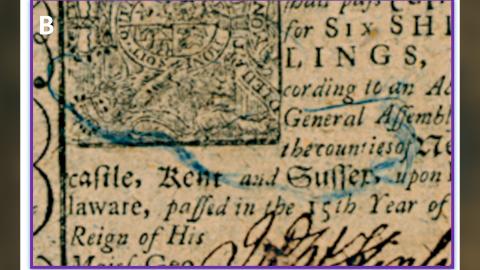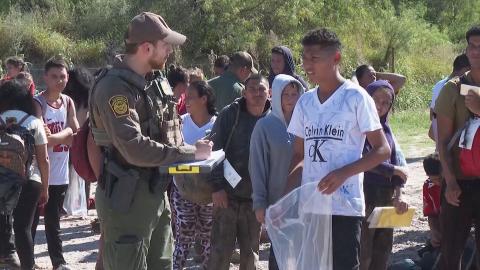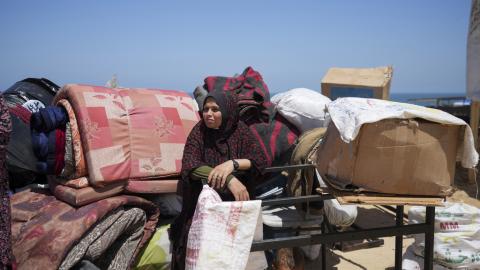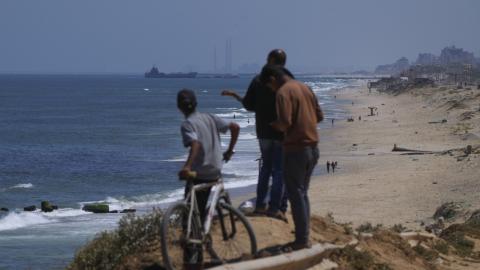
Notre Dame Research Team Reveals How Benjamin Franklin Foiled Early Counterfeiters
Benjamin Franklin was an inventor, publisher, scientist, diplomat, and U.S. founding father. Now thanks to a team at the University of Notre Dame, we know how he worked to combat a big problem in his day – the constant threat of counterfeiting money.
Franklin was an early innovator of printing techniques that used colored threads, watermarks, and imprints of natural objects such as leaves to make it far harder for others to create knockoffs of his paper bills.
Franklin succeeded in thwarting would-be criminal efforts with his early printing techniques, 126 years before President Abraham Lincoln created the U.S. Secret Service to suppress widespread counterfeiting following the Civil War.
A research team at the University of Notre Dame used advanced scanning that reveal some of Franklin's methods in greater detail.
 The team's research was published Monday in the Proceedings of the National Academy of Sciences. The data was gathered with techniques such as spectroscopy and fluorescence tests, which use light to identify elements such as carbon, calcium, and potassium in test samples.
The team's research was published Monday in the Proceedings of the National Academy of Sciences. The data was gathered with techniques such as spectroscopy and fluorescence tests, which use light to identify elements such as carbon, calcium, and potassium in test samples.
Lead author Khachatur Manukyan, a Notre Dame associate professor of physics, said the intent was to learn more about the materials used by Franklin and his network of affiliated printers and how they served to distinguish their bills from cheaper copies.
"The goal was to decode what type of material they used," Manukyan said in an interview. "And then we found some very interesting differences between this money and other printers."
The researchers studied Franklin's use of watermarks on bills. These tiny indigo-dyed threads and "fillers" of special crystal in the printed bills were created as obstacles for counterfeiters.
These fillers also were printed on better paper which made the bills last longer in circulation. Franklin's dyed threads made it even more difficult for criminals to try to reproduce since they used cheaper paper and printers with lesser skills.

A magnified photo provided by the Proceedings of the Natural Academy of Sciences shows a twenty shillings Pennsylvania note printed by Benjamin Franklin on August 10, 1739, featuring "nature printed" patterns of leaves that counterfeiters found difficult to duplicate. (Proceedings of the National Academy of Sciences via AP)
The published study also highlights Franklin's use of "nature printing," a technique by which he transferred the detailed vein patterns of tree leaves to printing plates.
The Notre Dame research team also found that Franklin used his own graphite-based ink, instead of the more common ink used at the time known as "boneblack" which was made by a process of heating animal bones.
Counterfeiting would grow to such an extent during the Revolutionary War, mainly due to the British Army, that even after winning its independence, the newly-formed U.S. government would give the nod to producing gold and silver coins rather than printed bills. The first coins were struck in 1791.
The government did not issue paper money until 1861 during the first months of the Civil War when Congress authorized the printing of dollar bills called "greenbacks."
The use of Franklin's colored threads remains in use today even though in a more modern form. Today's U.S. currency features an embedded "security thread" in bills denominated $5 or more. However, it's now a thin vertical band that fluoresces under ultraviolet light.
***Please sign up for CBN Newsletters and download the CBN News app to ensure you keep receiving the latest news from a distinctly Christian perspective.***



